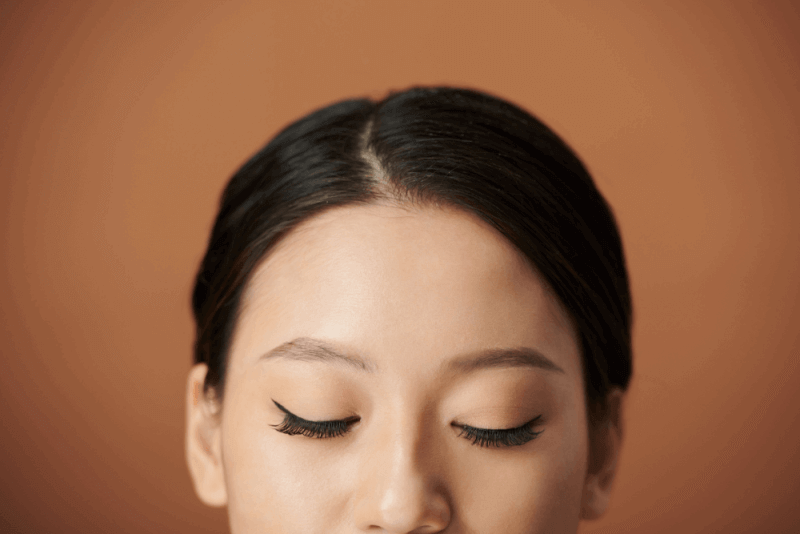What is clitoris aesthetics?
The clitoris, which is an important part of the reproductive system, is one of the intense nerve stimulation points. The clitoris, which forms the outer part of the reproductive system, is located just above the entrance to the vagina. This area, which is close to the end of the urinary tract, is covered by tissues of the vulva. This tissue covering is called the clitoral hood. In addition to being one of the most important points for female sexual satisfaction, it is an important anatomical region.
The structure of the clitoris differentiates during development. For this reason, the clitoris has a unique appearance. Some people may have an abnormal increase in the structure of the clitoris or deterioration in the structure of the reproductive organs due to various causes. This can cause disruptions in reproductive function. In addition, aesthetic appearance also causes people to be uncomfortable and their self-confidence to be shaken. Clitoris aesthetics are also performed to correct these conditions.
What is an enlarged clitoris?
Clitoris enlargement is called clitoromegaly. In order to calculate normal clitoris dimensions, the clitoral index must be determined. To calculate the clitoral index, the head of the clitoris should be multiplied by the width and height of the clitoris. A clitoral index greater than 35 square millimeters means a large clitoris. Among the factors that cause the clitoris to enlarge are the following.
- Some clitoris cysts
- Polycystic ovary syndrome
- Chronic inflammation of the external genitalia
- Congenital adrenal hyperplasia
- Frequent masturbation
- Use of norethisterone during pregnancy
- Constant itching of the area due to fungal infection
- Fraser syndrome
- Lymphangioma
- Fraser syndrome
- neurofibramatosis
Why is clitoris aesthetics performed?
Clitoris aesthetics is performed not only aesthetically but also to increase the effectiveness of sexual functions related to the clitoris. Since the clitoris is the center of sexual pleasure, thickening of the clitoris can cause problems such as sensitivity and insufficient stimulation as well as discomfort. It is possible to eliminate these complaints in clitoris aesthetics. By reducing the clitoral hood with surgery, the clitoris is more exposed and the level of sexual stimulation increases. In addition, it is possible to eliminate complaints such as discomfort and itching in relation to the size of the clitoral head.
How is clitoris aesthetics performed?
Clitoris aesthetics is an operation that does not require hospitalization. In addition, there is no need for inpatient follow-up of the patient before the operation. Because it is a procedure performed under outpatient clinic conditions. Sedation is also applied in clitoris aesthetics, which is a procedure performed under local anesthesia. The operation, which lasts for an average of 1 hour, is usually applied to other vaginal tissues that are connected to the clitoris and are subjected to deterioration. For this reason, clitoral hood reduction and labiaplasty can also be performed together with clitoris aesthetics.
What are the risks of clitoris aesthetics?
The risk of developing complications during and after clitoris aesthetic operations is extremely low. The complications seen are seen due to the removal of more clitoris tissue than should be removed. In addition, there is a risk of complications due to the high blood supply to the clitoris area and the presence of too many nerve endings. Complications that are likely to occur after clitoris aesthetics include the following.
- Return of complaints due to inadequate tissue uptake
- Bleeding
- Anatomical disorders
- Asymmetry
- Bruising in or around the treated area
- Infection at the wound site
- Loss of sensation due to nerve damage
- Loss of sexual function







